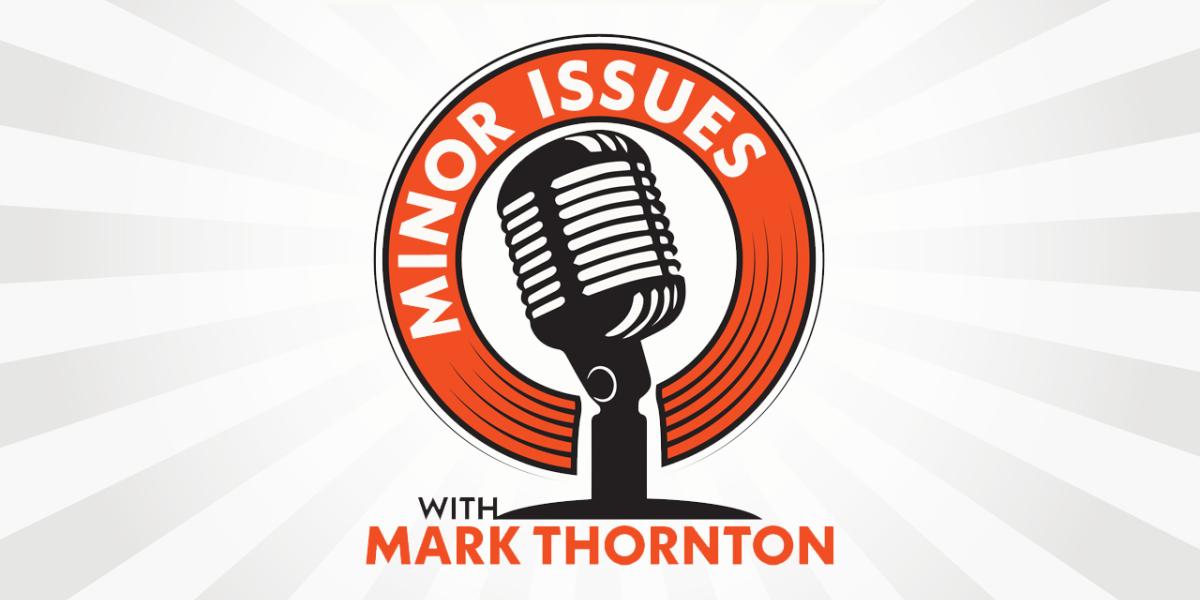- Very difficult economic headwinds of the business cycle are coming at us.
- Inflation is still a problem, the employment picture is increasingly difficult, the delinquency rate on credit cards for small banks is at an all-time high, auto loan delinquencies are at a thirteen-year-year high, and asset prices are vulnerable to disappointing business activity levels and profits.
Order a free paperback copy of Murray Rothbard’s What Has Government Done to Our Money? at Mises.org/IssuesFree.
Follow Minor Issues at Mises.org/MinorIssues.
What is the Mises Institute?
The Mises Institute is a non-profit organization that exists to promote teaching and research in the Austrian School of economics, individual freedom, honest history, and international peace, in the tradition of Ludwig von Mises and Murray N. Rothbard.
Non-political, non-partisan, and non-PC, we advocate a radical shift in the intellectual climate, away from statism and toward a private property order. We believe that our foundational ideas are of permanent value, and oppose all efforts at compromise, sellout, and amalgamation of these ideas with fashionable political, cultural, and social doctrines inimical to their spirit.
Originally Posted at https://mises.org/

